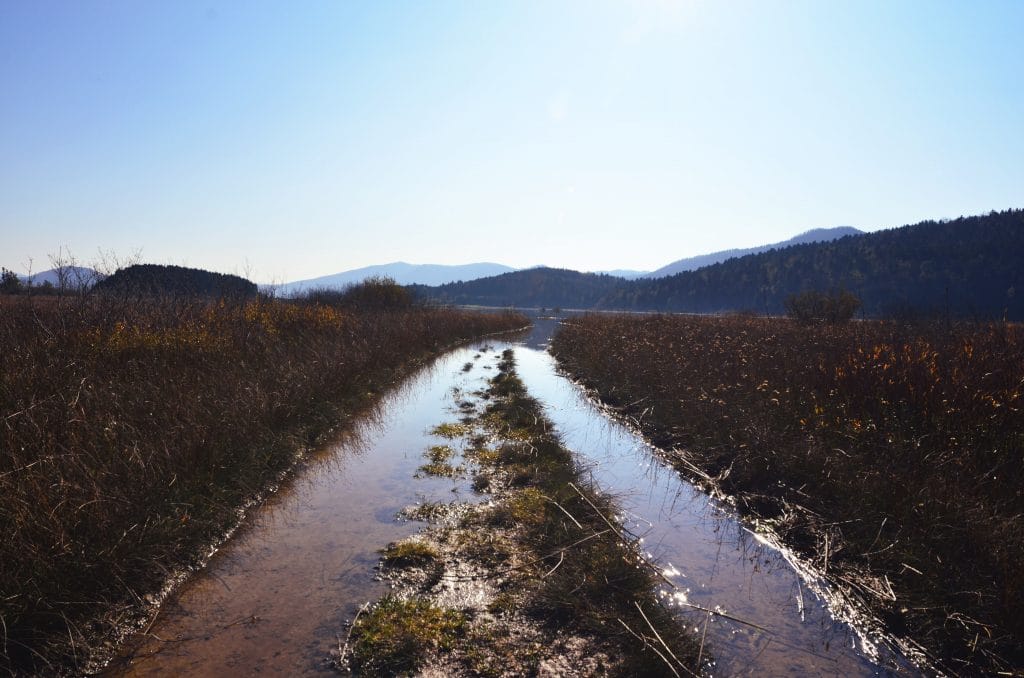Press Release:
The U.S. Environmental Protection Agency (EPA) announced a proposed rule that would streamline and clarify the requirements and steps necessary for states and Tribes to administer programs protecting waterways from discharges of dredged or fill material without a permit. The Clean Water Act envisions collaborative implementation between EPA and state and Tribal co-regulators to protect our nation’s waters that support public health, thriving ecosystems, business development, recreation, agriculture, and more. EPA’s proposal would address key barriers identified by states and Tribes to administering Clean Water Act section 404 while expanding opportunities for Tribes to meaningfully engage in permitting actions.
“Many state and Tribal partners share EPA’s goal of protecting our nations waterways as envisioned by Congress and embodied in the Clean Water Act. That’s why EPA is proposing this to strengthen our partnership with states and Tribes, ensuring clean water protections. Today’s proposal will support co-regulator efforts to administer their own programs to manage discharges of dredged or fill material into our nation’s waters.”
Radhika Fox, EPA Assistant Administrator for Water
Currently, three states administer their own Clean Water Act section 404 programs, which prohibit the discharge of dredged or fill material into a water of the United States without a permit. The last major update to these regulations occurred in 1988. This proposal responds to state and Tribal requests that EPA clarify the process to assume and administer the section 404 program, including which water bodies would be covered under the program and mitigation and enforcement responsibilities.
“The National Association of Wetland Managers (NAWM) supports efforts by EPA to clarify and expand opportunities for assumption of the Section 404 program. For many states and tribes, assumption can offer a way to improve protection of their wetlands and other aquatic resources. Program assumption can reduce duplicative state, Tribal and federal permitting requirements and increase integration with related water management programs.”
Marla Stelk, National Association of Wetland Managers Executive Director
Proposed Rule Highlights:
Program Description
- The proposal clarifies what should be included in the program description when a state or Tribe requests to assume the section 404 program.
- The proposal provides direction on how a state or Tribe can demonstrate their program is consistent with and no less stringent than federal requirements, and how they can ensure and demonstrate that permits they issue are consistent with the substantive environmental permit review criteria as laid out by EPA for section 404 permits.
Retained Waters/ Adjacent Wetlands
- The proposal responds to longstanding requests from states and Tribes seeking clarity about which waters they can assume, and which waters are retained by the Corps.
- Consistent with current practice, when a state or Tribe assumes a section 404 program, project applicants should request permits from the Corps for discharges into retained waters and from the state or Tribe for discharges into assumed waters of the United States.
Program Approval and Withdrawal Procedures
- The proposal responds to concerns from states that it can be challenging to immediately administer the program upon program approval.
- The proposal provides for a default 30-day effective date between when EPA approves a state/Tribal section 404 program, and when the state or Tribe begins administering the program.
- The proposal provides flexibility by allowing for the effective date to be extended to 120 days upon mutual agreement between EPA and the state or Tribe.
- The proposal revises the current program withdrawal process to increase clarity and harmonize the withdrawal procedures with the approval procedures.
Compensatory Mitigation
- The proposal clarifies state and Tribal responsibilities and requirements for compensatory mitigation and requires an opportunity for federal review of certain mitigation instruments established by the state or Tribe.
Long-term Permitting
- The CWA limits state and Tribal permits to five years in length, but some projects extend well beyond five years.
- The proposal provides a clear approach for state and Tribal permitting of long-term projects, while also providing for the consideration of the full scope of environmental impacts.
Compliance and Enforcement
- The proposal clarifies that states and Tribes may prosecute violations under any criminal negligence standard, for purposes of state and Tribal CWA section 402 and 404 programs.
Resources:
Proposed Rule- Clean Water Act Section 404 Tribal and State Program Regulation

